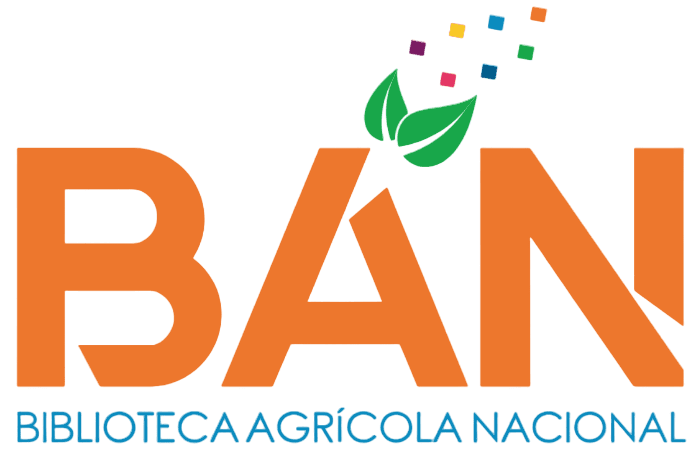Estudio de tiempos y movimientos para mejorar la productividad de la labor del surcado en los campos de la UNALM
Loading...
Código QR
Authors
Salazar Romaní, Luis Felipe
Contact Email
Abstract
El objetivo de este estudio fue realizar un análisis de tiempos y movimientos para mejorar la productividad de la labor de surcado en los campos de la UNALM. Se buscó identificar el ciclo de trabajo del surcado, detectando los movimientos innecesarios y repetitivos, y, a través del enfoque de la ingeniería de métodos, implementar una mejora práctica y sencilla para la ejecución de la labor. Siguiendo la metodología planteada por la OIT, con un enfoque cuantitativo y descriptivo-analítico, se abarcó todo el proceso de la labor del surcado, que incluyó la identificación de la labor a analizar, el registro de la labor mediante observación directa, el análisis de lo registrado, la propuesta de mejora, su evaluación, la definición y la implementación de la mejora, así como el control y mantenimiento de la misma. Como resultado, se determinó que, mediante la implementación de una mejora sencilla (un marcador agrícola), la productividad aumentó del 55.40% al 82.78%. En términos simples, la productividad de la labor de surcado antes de la mejora era de 0.59 ha/h, mientras que, después de la mejora, se elevó a 0.89 ha/h, cumpliendo con los estándares de diseño, tanto en las tensiones soportadas por el marcador agrícola como en los factores de seguridad bajo diferentes cargas operativas. Esta investigación permitió optimizar los tiempos de ejecución de la labor del surcado, además de eliminar los movimientos repetitivos, lo que incrementó considerablemente la productividad de la tarea, haciéndola mucho más eficiente.
The objective of this study was to conduct a time and motion analysis to improve productivity in furrowing operations at UNALM farms. The goal was to identify the furrowing work cycle, detect unnecessary and repetitive movements, and, using a methods engineering approach, implement a practical and simple improvement for the execution of the work. Following the methodology proposed by the ILO, with a quantitative and descriptive-analytical approach, the entire furrowing process was covered, including the identification of the task to be analyzed, recording the work through direct observation, analyzing the recorded data, proposing improvements, evaluating them, defining and implementing the improvement, as well as monitoring and maintaining it. As a result, it was determined that, by implementing a simple improvement (an agricultural marker), productivity increased from 55.40% to 82.78%. In simple terms, furrowing productivity before the improvement was 0.59 ha/h, while after the improvement, it increased to 0.89 ha/h, meeting design standards for both the stresses supported by the agricultural marker and the safety factors under different operating loads. This research made it possible to optimize furrowing execution times and eliminate repetitive movements, which significantly increased the productivity of the task, making it much more efficient.
The objective of this study was to conduct a time and motion analysis to improve productivity in furrowing operations at UNALM farms. The goal was to identify the furrowing work cycle, detect unnecessary and repetitive movements, and, using a methods engineering approach, implement a practical and simple improvement for the execution of the work. Following the methodology proposed by the ILO, with a quantitative and descriptive-analytical approach, the entire furrowing process was covered, including the identification of the task to be analyzed, recording the work through direct observation, analyzing the recorded data, proposing improvements, evaluating them, defining and implementing the improvement, as well as monitoring and maintaining it. As a result, it was determined that, by implementing a simple improvement (an agricultural marker), productivity increased from 55.40% to 82.78%. In simple terms, furrowing productivity before the improvement was 0.59 ha/h, while after the improvement, it increased to 0.89 ha/h, meeting design standards for both the stresses supported by the agricultural marker and the safety factors under different operating loads. This research made it possible to optimize furrowing execution times and eliminate repetitive movements, which significantly increased the productivity of the task, making it much more efficient.
Description
Universidad Nacional Agraria La Molina. Facultad de Ingeniería Agrícola.
Departamento Académico de Mecanización y Energía
Keywords
Estudio de tiempos y movimientos
Citation
Date
2025
Collections
Seleccionar año de consulta:
Licencia de uso

Excepto si se señala otra cosa, la licencia del ítem se describe como info:eu-repo/semantics/openAccess

